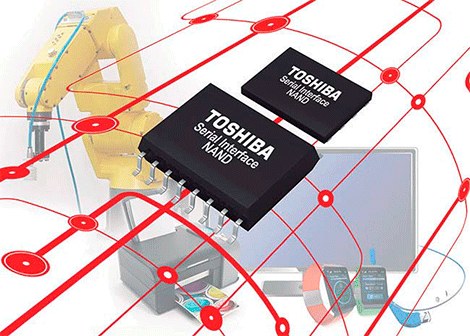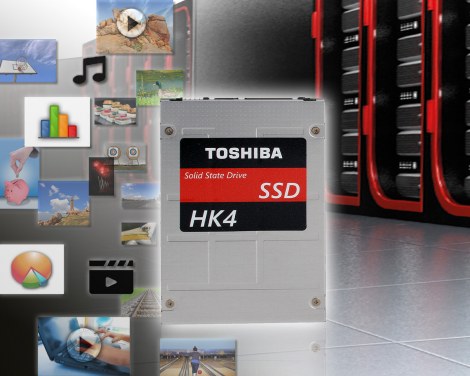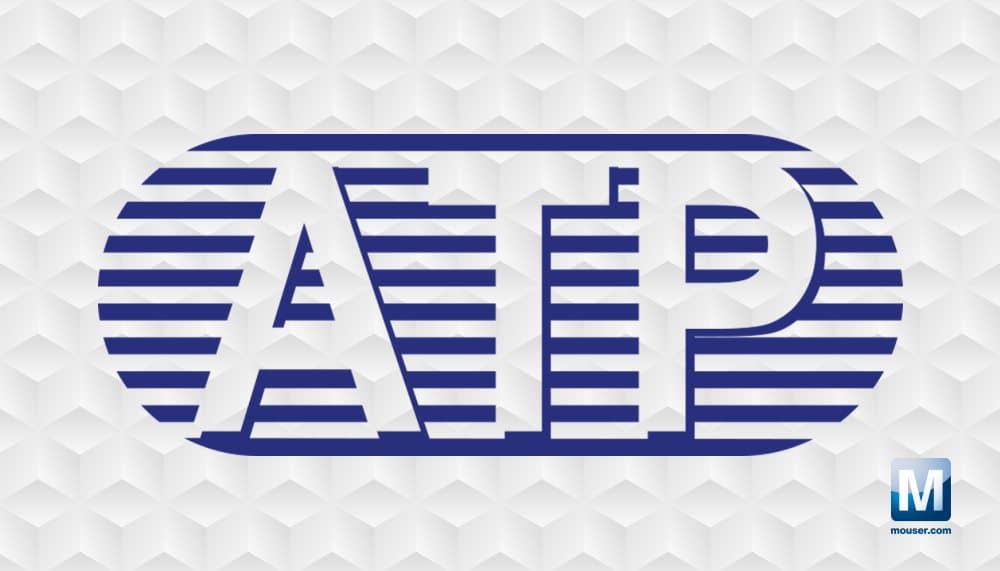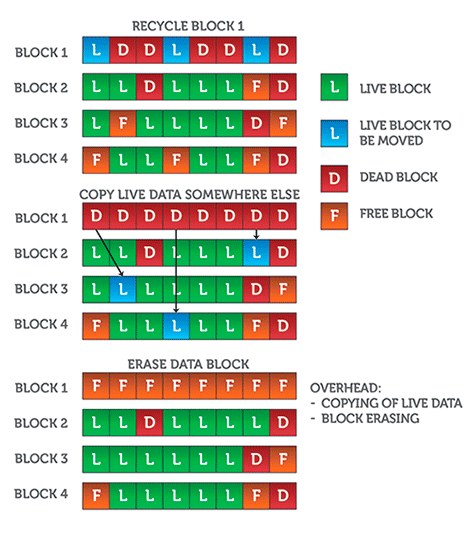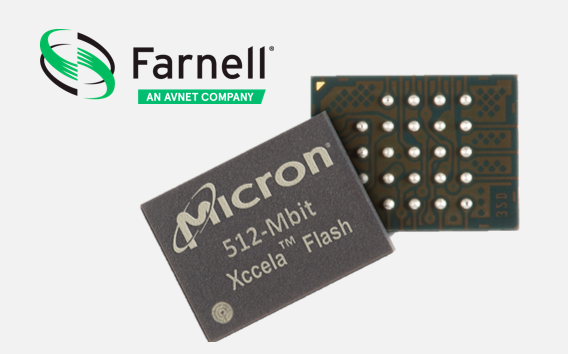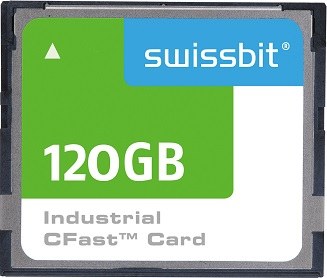New NAND products designed for SPI interface compatibility
Toshiba Electronics Europe has launched a new 24 nm SLC NAND Flash memory product line for embedded applications supporting the widely used Serial Peripheral Interface (SPI). The wide range of applications for the NAND serial interface include consumer applications such as flat panel televisions, printers, portable devices, and industrial applications, including industrial robots.
The new range spans densities of 1 Gbit, 2 Gbit and 4 Gbit and is available in SOP (10,3mm x 7,5mm) or WSON (6,0mm x 8,0mm) packages. Each density / device combination is available with a choice of input voltage compatibility of either 1,8V or 3,3V.
High-speed sequential read capabilities, embedded ECC (error correcting code) with bit flip reporting, and built-in data protection features ensure data can be accessed quickly while being stored securely. safe.
The Serial Peripheral Interface allows devices to be controlled using just six pins, giving users access to low pin count, small package, and high capacity SLC NAND Flash memory. Serial NAND interface has a much lower cost per bit than NOR flash solutions traditionally used in embedded applications.
In order to allow embedded devices to match customers' increasing functional requirements, the demand is increasing for larger memory densities. This demand is driving greater storage of software (including bootstrap, firmware, and embedded operating systems) and data (including registry data) and causing product designers to increasingly choose SLC NAND Flash memory for its high density and high reliability.
With an operating temperature range of -40°C to +85°C, the devices are suitable for the vast majority of consumer and industrial applications. Sample shipments of the WSON and SOP devices begin this month, while targeted mass production will begin in December 2015. BGA-encapsulated products are also under development.


